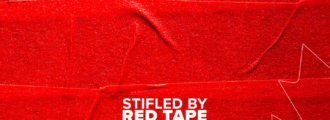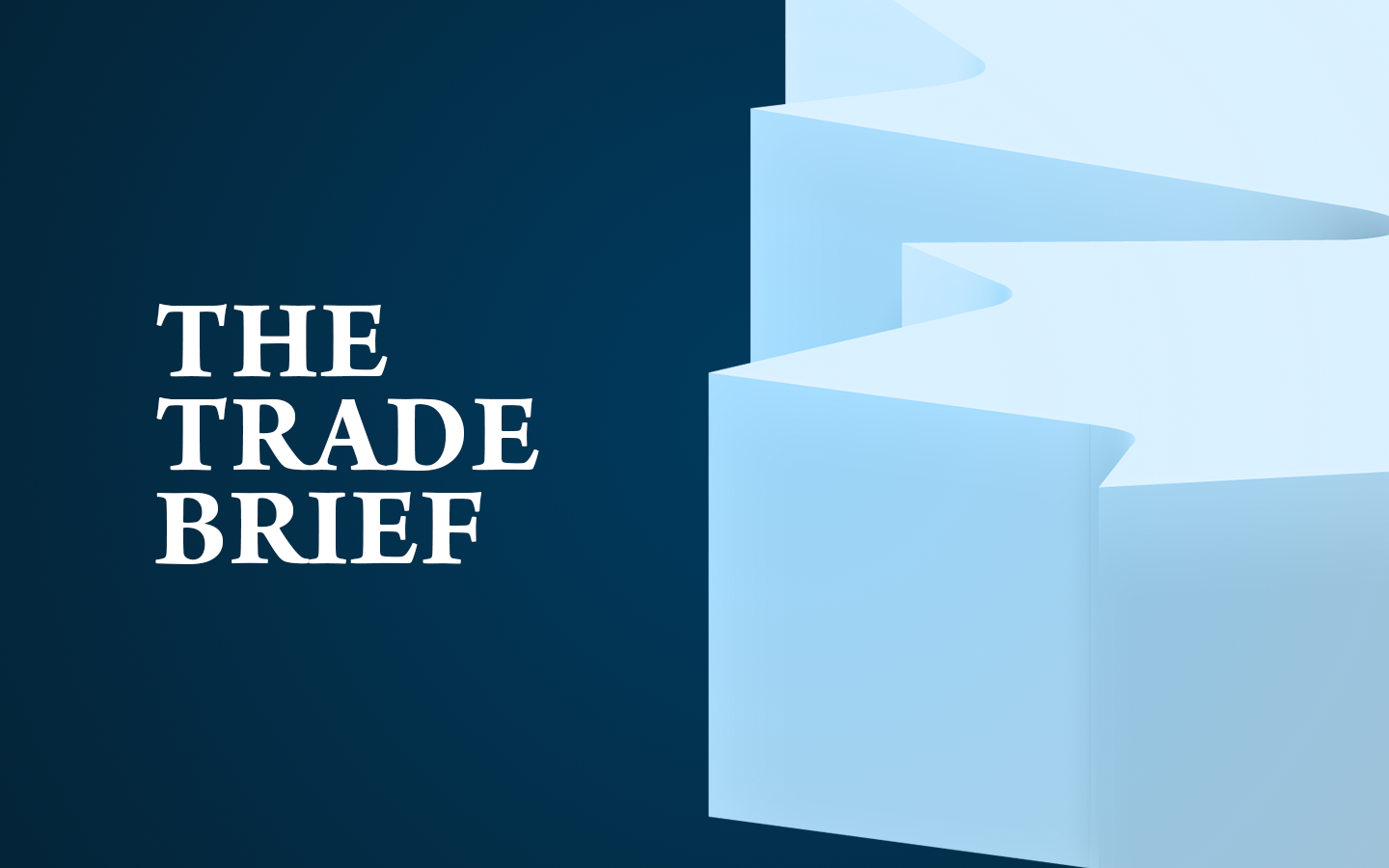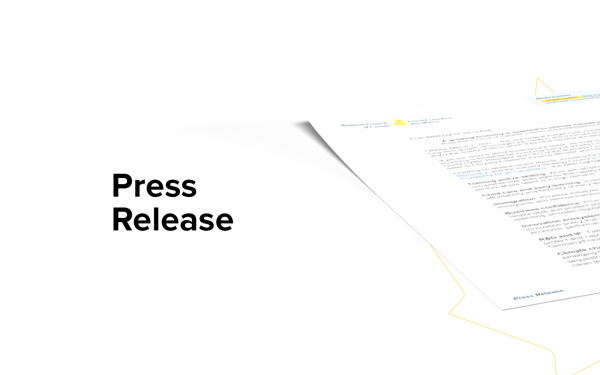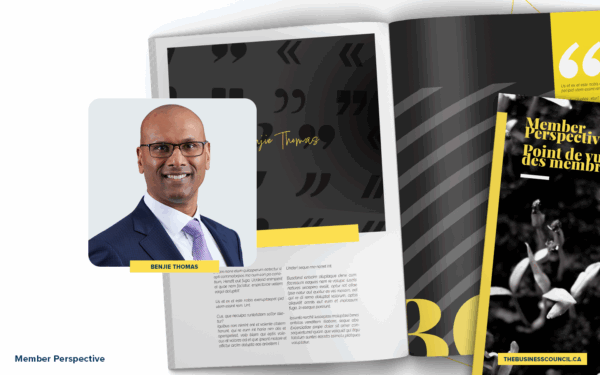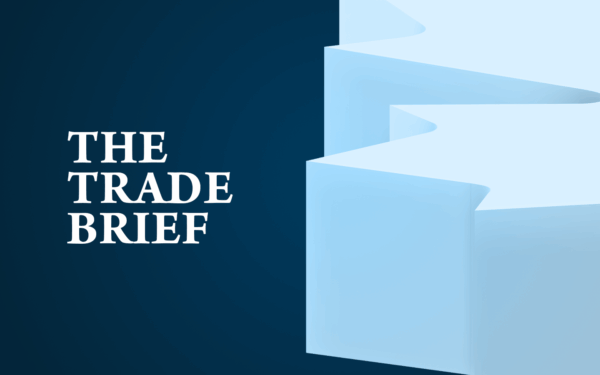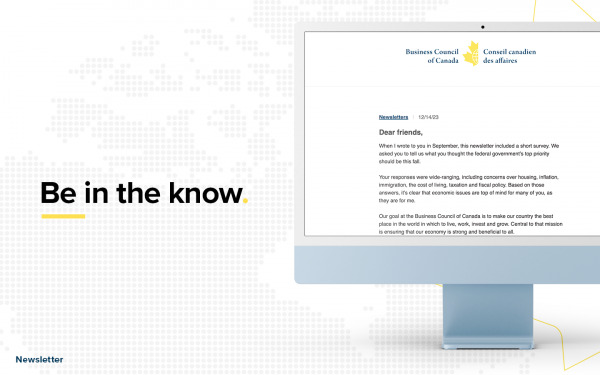The Trade Brief: Canada’s hinge moment
Welcome back to the trade brief, your front row seat to (almost) everything trade.
September felt like it lasted a decade but here we are, still standing, still scrolling and trying to figure out who’s making moves, who’s stalling and who’s just causing drama.
Let’s unpack the highlights:
- The Carney Doctrine
- Why the fall budget matters
- Governments go into business
- Time to “roll up our sleeves”
The Carney Doctrine
🇨🇦 In mid September, Prime Minister Mark Carney was in New York and dropped a few thoughts on foreign relations (including trade because how do you ignore the elephant in the room?)
We all know things are changing fast:
- Global conflict? Up ⬆️
- International cooperation? Down ⬇️
- U.S.-China rivalry? As spicy as ever 🌶️
So, considering this (depressing) scenario, where the vibe is less Barbie and more Oppenheimer, PM Carney’s take is that Canada can survive AND thrive.
Here’s why:
- Canada has what the world wants (for example energy, critical minerals, AI tech)
- Canada has capital (for example Canadian pension funds are major infrastructure investors) and fiscal capacity “to act decisively” if needed.
- Canadians value diversity, freedom, collaboration and sustainability
- Canada is experiencing a rupture, but we know how to pivot.
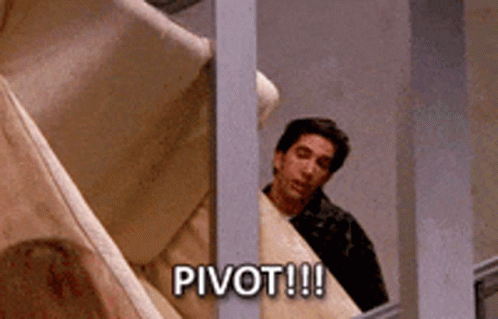
So what’s the plan?:
- Diversify trade
- Remove interprovincial barriers
- Invest big in housing and defence
Which brings us to…
Why the budget matters💵
You might be thinking, what does the budget have to do with trade?
A lot.
Government decisions have a big impact on the economy. The healthier the economy, the more competitive our trade can be
It goes like this:
Building strength = building capacity = spending $$$.
Better infrastructure (roads, rails, ports) = more diversification= growth happens.
PM Carney says that we have the fiscal capacity to pull it off. Do we though?
- Spending has been at historic highs since COVID.
- Debt projected: C$51.7B (2024-25) → C$68.5B (2025-26).
Slower economy = less tax revenue = bigger debt (a.k.a. Government deficits.)
Why should it matter to you:
- More gov’t spending → less credit available for everyone else → less business expansion, hiring, and growth.
- More debt → more interest → higher borrowing costs. (Think credit card💳 debt: easy to rack up, even tougher to pay down.)
Bottom line: Canada has plenty of things worth investing in. But needs are endless, pockets aren’t and given our debt levels, making the right calls matters now more than ever. (Check out our budget recs).
So here’s your heads-up: Canada’s new playlist a.k.a. the fall budget drops Nov. 4. Expect some hits, maybe a few skips, and plenty of surprises.
Clutch your pearls.
Governments go shopping🛍️
Fall trend alert: Gov’t investment is in.
- 🇺🇸 U.S.:
- 9.9% stake in Intel (chip-making company); eyeing Lockheed Martin and Lithium Americas (Canadian mining company).
- Gov’t considering LNG support in Alaska and directing Japan’s recent investment fund to U.S. manufacturing. 👀
- 🇨🇦 Canada:
⚠️Winners and losers? Picking companies is tricky. Some Canadian businesses were salty they weren’t included in the Buy Canadian strategy. Yikes. #Sorry.
Time to roll up our sleeves
The Bank of Canada Governor, Tiff Macklem, gave a sobering speech. So sobering it makes you want a stiff drink.
The verdict? The Canadian economy is…how should we put it… “not having the best day,” kinda year. The tariffs, lack of productivity and competitiveness, you know, could be better.
BUT we’re not totally in panic mode. We have control over many things that can grow our economy. And the Governor says it starts with structural reforms.
These include:
- 🚫Eliminate interprovincial trade barriers
- 🏗️Expand and diversify trade infrastructure
- 🚫Remove investment barriers and reduce regulatory red tape (plugging in our recent report about this here)
And we couldn’t agree more.
Because look at what’s been happening:
- 📉Canada fell off this year’s global innovation ranking (top 15 for three years, now slipping)
- 👋Startups – engines of jobs and investments, tend to leave for easier markets
- 🤏Incentives often reward staying small instead of scaling
So yeah. Pull the right levers and see the results.
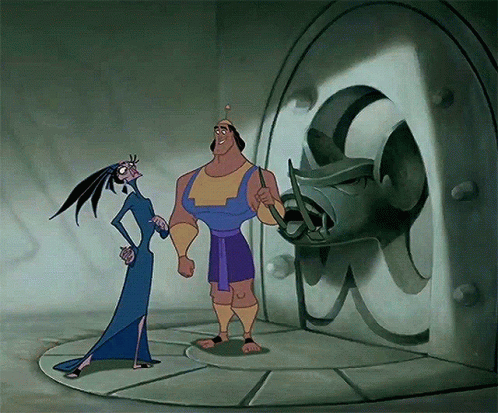
Other important stuff worth noting
🇺🇸 🇨🇦 🇲🇽 USMCA: On the move 🏃♀️
A first step in the review process: The Office of the United States Trade Representative (USTR) opened comments to the public on USMCA. Canada and Mexico followed suit.
Diplomacy alert: PM Carney met Mexican President Claudia Sheinbaum. Outcome? A three-year USMCA work plan to strengthen ties. 🤝
Tariffs: the bold…and the not so beautiful
Imagine a soap opera that never ends. ✨That’s tariffs. ✨
President Trump announced📢 some more tariffs:
- 100% tariff on imports of pharmaceuticals
- 25% on heavy trucks
- 50% on kitchen cabinets, bathroom vanities and other associated products
- 30% on upholstered furniture
These tariffs come from Section 232 investigations from the Department of Commerce.
The plot thickens: more investigations incoming and potential tariffs in: robotics, industrial machinery and medical devices.
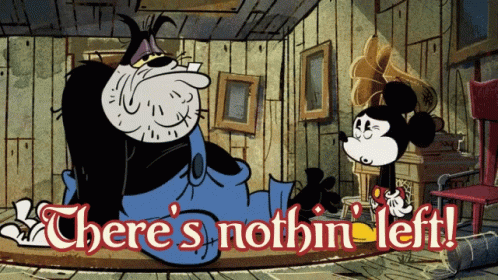
The ripple effect…
- U.S. tariff revenue= US $140 Billion since February.
- President Trump is considering using some of that money to help American farmers hit hard by China’s retaliatory tariffs.
- Exports of soybeans, rice, and beans are at a record low.
Bottom line: Tariffs are hitting wallets hard 👛 and consumers are feeling it in grocery aisles 🍅🥔🥕🥒.
🌏 Keeping up with the trade deals
🤝Deals:
- Canada + Indonesia signed a trade agreement; BCC signed an MOU with Indonesian business group KADIN.
- Indonesia finalized a trade agreement with the EU.
- Malaysia mulls expanding the Regional Comprehensive Economic Partnership (RCEP).
- U.S. talks are heating up with Southeast Asia, Turkey, and India.
- U.S.-U.K. signed a tech cooperation MOU on AI, nuclear, quantum.
- U.S. firms committed £150B 💸.
Drama (because just like the Kardashian dinner table, someone’s always throwing shade):
- EU faces backlash on U.S. deal. The bloc acknowledged the deal doesn’t follow international trade rules.
- South Korea + U.S.: stalled $350B investment talks; could spark a financial crisis.
- U.K. hoped President Trump’s visit would restart steel tariff talks but no deal was reached.
Someone page Kris Jenner, she can solve this; she’s handled worse.
WTO Tea🍵
The tea is hot at the World Trade Organization (WTO) these days.
WTO global rules set during the Y2K era are being tested as U.S. and China stray from the playbook.
One major gripe: China kept claiming “developing country” status despite its economy leveling up to #2 globally.
Why is this an issue? This status gave countries some extra perks because their economies were less developed.
Sooo, as a result, China announced it’s dropping the label. Symbolic? Yes. Game changing? Not so much.
The WTO has been in hot water lately 🥵.
The U.S. flirted with cutting funding but hit pause. As more countries ignore the rules, the WTO struggles to stay relevant like cable TV 📺 in the streaming age.
But still. No shade here. The WTO still matters. Sure, it can feel outdated or glitchy like your old cable box but over 80% of global trade still goes through WTO rules.🫨
What’s next for the WTO?
- Some experts argue reforming would revitalize it.
- Others prefer striking deals with each country and building coalitions with those that play by the rules.
In conclusion
The path forward is hazy, it’s like waiting for the next viral trend, you know something’s coming, you just don’t know what. 🤷♀️
Catch you next month 🫡

